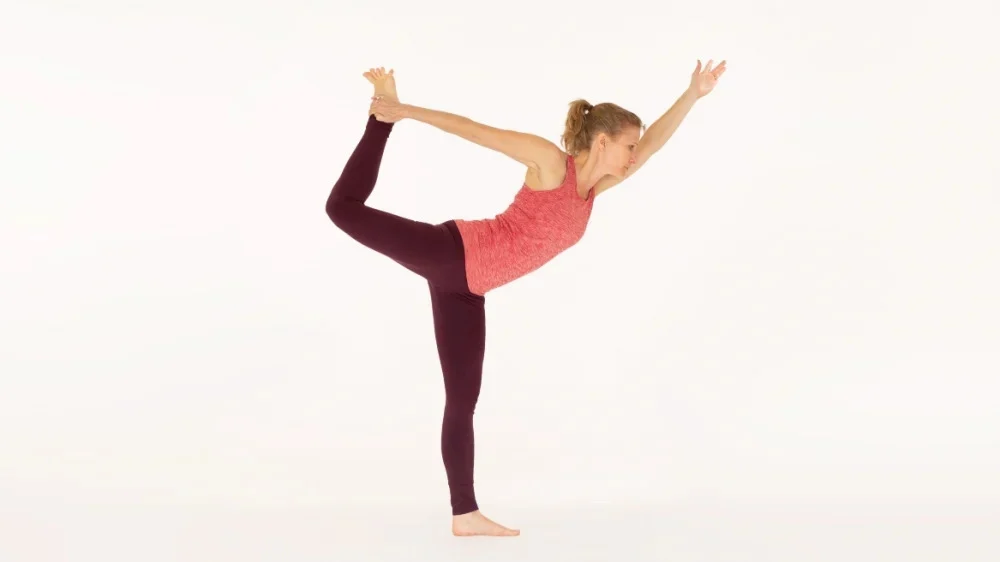Raised Hands Pose, or Hasta Uttanasana, is a standing backbend yoga pose that stretches the entire body. As part of the Sun Salutation series, it carries the Hindi name ‘Hasta Uttanasana,’ with ‘Hasta’ meaning hands, ‘Ut’ meaning intense, and ‘Tan’ meaning to stretch. Translating to “Hand Intense Stretch,” this simple stance not only improves digestion but also tones the abdominal organs.
Now, let’s explore everything you need to know about the Raised Arms Pose.
Who Should Avoid The Practice of Hasta Uttanasana?
Anyone experiencing backache, shoulder, or neck injuries should refrain from practicing the pose until the issues are resolved. It is essential to prioritize one’s well-being and avoid any discomfort or exacerbation of existing injuries.If you are in the market for superclone Replica Rolex , Super Clone Rolex is the place to go! The largest collection of fake Rolex watches online!
Benefits Of Raised Arms Pose
- Lengthens the front side of the body and strengthens the back muscles
- Stretches the shoulder, neck, chest, and abdomen muscles
- Increases flexibility and mobility
- Helps open up the chest and improves breathing
- Reduces the chances of injuries
- Calms the mind and helps get rid of stress
- Stimulates blood circulation
- Helps avoid cramps and other pains
- Promotes respiratory and cardiovascular health
- Improves digestion
- Prevents psychosomatic ailments like hypertension and diabetes
- Enhances mental balance and clarity
- Suitable for people with asthma
Instructions (Step-by-Step)
- Inhale deeply and extend your arms sideways and upward in Mountain Pose (Tadasana).
- Keep your arms parallel or bring your hands together overhead, with palms facing each other if apart.
- Ensure your gaze is upward, focusing on your thumbs.
- Spread your collarbones, moving your shoulders away from your ears.
- Engage thigh muscles to lift kneecaps, maintaining a tight grip.
- Lift through the crown of your head, keeping the sternum lifted and navel gently pulled toward the spine.
- To exit, lower your arms.
Precautions Of Raised Arms Pose
- Avoid the pose with neck or shoulder injuries.
- Stop if you experience pain in any part of your body.
- Refrain from tilting your head if you have neck problems.
- Pregnant women should avoid the pose without professional guidance.
Modifications
- Combine with temple pose: Place feet wide apart and bend knees. Inhale to straighten legs, exhale to bend knees into a high squat.
- Combine with forward bend: Inhale, stand tall, and raise arms. Exhale to fold forward in a swan dive motion.
Variations
- Begin in Parvatasana (Mountain Pose), standing with your feet together.
- Inhale as you sweep your arms upward, keeping them straight.
- Bring your hands together in Anjali Mudra (prayer position) at your chest.
- Start bending your upper body backward, allowing the hips to move forward.
- Extend your arms back into a gentle backbend, maintaining a comfortable stretch.
- Be mindful not to overexert; move within the limits of your body.
- Release the pose at your own pace and comfort.
Contradictions Of Raised Arms Pose
Serious heart and lung disease
Learn this pose perfectly under our certified yoga trainer. Join our online yoga classes now. Browse More Standing Yogasanas and complete Yogasanas Library.






